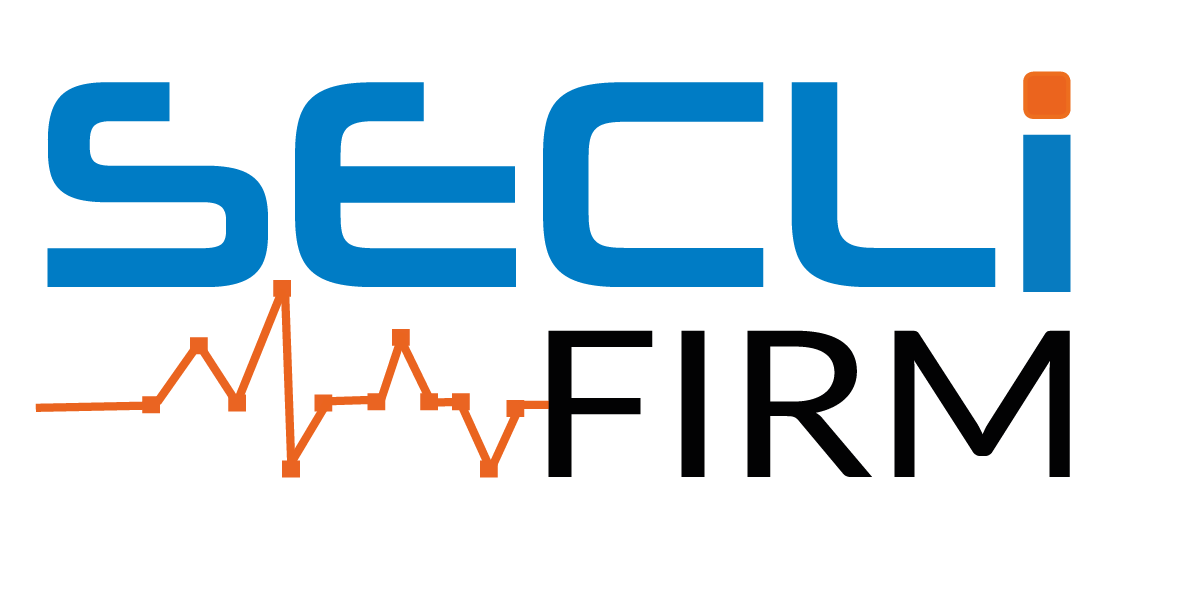Name: Kristian Lautrup Nielsen
Job title: Research Scientist
Organisation: Underwriters Laboratories (UL)
Outside of SECLI-FIRM, what is your role within your organisation and what do you do in this role?
I am a Research scientist at UL’s office in Barcelona. Within this role I am currently committing all my time to the SECLI-FIRM project.
How long have you worked in science/energy?
Since I finished my studies in Climate Change at The University of Copenhagen in 2016, I have worked in areas related to weather forecasting and climate change. My fascination for weather dynamics and the complexity of the global climate have always been the main drivers behind my choice of career path.
Why did you get involved in the SECLI-FIRM project and why does this project excite you?
I got involved in this project as I believe there is a growing unexploited potential for adding value from utilizing seasonal forecasting in decision making processes. It excites me that this project tries to bridge one of the major gaps in this area of research, namely the gap between the science and the decision making in the energy industry.
What is your main role and contribution to the SECLI-FIRM project?
My role in this project is to help tailor seasonal forecasts for end users as part of Case Studies 4 and 5. I also work on more scientific aspects in different tasks of the project.
What are the key things you have learned from being involved in the SECLI-FIRM project so far?
I have gained an understanding of the different tailoring methods of seasonal forecasts, together with knowledge of the many different and specific needs of partners in the energy industry.
What achievements do you personally hope to accomplish by the end of the SECLI-FIRM project?
I hope I will be able to demonstrate that the process of tailoring seasonal forecasting to support a specific decision-making process can add value, not only for the industry but in some cases for society as a whole.
What do you believe are the key benefits of climate science, and seasonal forecasting in particular, for the energy industry?
As more and more energy production moves towards renewable sources, there is still an increasing demand for climatic forecasting beyond what normal short-range weather forecasting can provide. I believe that with the right tailoring, seasonal forecasting can answer this demand.
What do you believe are the barriers to the energy sector in accessing and using seasonal forecasting information?
I believe that some of the barriers are the lack of technical and scientific tools needed to retrieve and tailor the forecasts, together with a general lack of knowledge of their potential and limitations.
What part do you think projects like SECLI-FIRM play in promoting collaboration between the energy and meteorology/climate sectors?
By working on specific case studies covering the entire process, from extracting seasonal forecast information and tailoring it to the specific end-users needs, this project will show what the added value of seasonal forecasting can be and will sketch different, important schemes of how to achieve this.
What would be your top tip for anyone interested in getting involved in a project like SECLI-FIRM?
Take the opportunity. This is a unique chance to be part of an interdisciplinary study of the potential value of seasonal forecasting, involving both science and industry in an innovative way.


